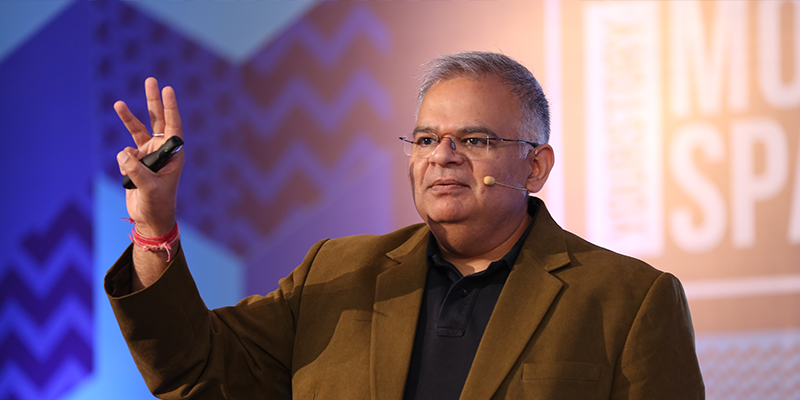
Treat drones as ‘flying mobile phones’: Telstra CTO
Treat drones as ‘flying mobile phones’: Telstra CTO https://csuiteold.c-suitenetwork.com/wp-content/uploads/2017/09/treat-drones-as-flying-mobile-phones-telstra-cto.jpg 770 578 C-Suite Network https://csuiteold.c-suitenetwork.com/wp-content/uploads/2017/09/treat-drones-as-flying-mobile-phones-telstra-cto.jpgTelstra CTO Håkan Eriksson has come up with a resolution to all concerns raised over the regulation and control of drones: To treat them as flying mobile phones, and to allow Telstra to provide the necessary connectivity in a “drone-control-as-a-service” offering.
“What if we say every drone is like a flying mobile phone? Put a SIM card in them so they have identity, put the radio in so they can always talk to them, and then if a drone wants to take off it has to talk to a database where we put all the rules,” Eriksson said during the annual Telstra Vantage conference in Melbourne on Thursday.
Requirements such as how many drones are allowed to fly in a given area, what height they are allowed to travel at, what hours they are permitted to fly during, and how close they are allowed to be within certain buildings or people could be programmed into this database, Eriksson said.
“If a drone tries to take off outside of those [restrictions], it can’t take off because it works with the database … once you have an identity and connectivity like a mobile phone, you can talk to it, it can talk to a network, you can ask it to land if it has to land, you can prevent it from taking off, you can prevent it from going to certain areas,” he explained.
“And then, of course, we can offer that as a service, because we are the best to handle phones. Anything that moves around the mobile network with a SIM card in it, nobody can handle that better than us. This is just a flying mobile phone.”
Human certification and drone specification details could also be put into the database, Eriksson, who was appointed as CTO in December, told ZDNet.
“You have to maybe certify … provided you have a certain certification and you have a drone with these capabilities, then you’re allowed to fly it, so you can put all of these rules into the database,” he explained.
As well as being able to add regulatory requirements to a drone-control database, treating drones as mobile devices would also solve the line-of-sight problem, Eriksson told ZDNet.
“Today, you use Wi-Fi and you have to fly where you can see the drone … you can now fly without line of sight [using 4G],” he said, adding that Telstra has been able to control drones flying both interstate and overseas.
“Whilst you’re connected to the network, you can fly it anywhere … except for a little bit more latency, it’s not more difficult to fly it in Sydney from Melbourne. Once you can talk directly to the drones, you have to talk to it via the…






